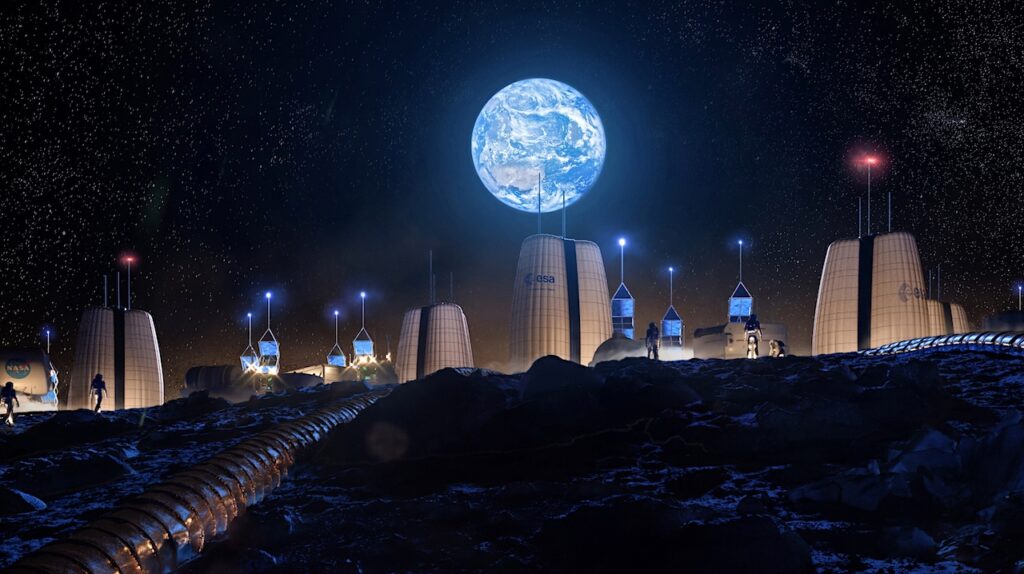The TESS-Keck Survey. XIX. A Warm Transiting Sub-Saturn Mass Planet and a non-Transiting Saturn Mass Planet Orbiting a Solar Analog

The Transiting Exoplanet Survey Satellite (TESS) continues to dramatically increase the number of known transiting exoplanets, and is optimal for monitoring bright stars amenable to radial velocity (RV) and atmospheric follow-up observations.
TOI-1386 is a solar-type (G5V) star that was detected via TESS photometry to exhibit transit signatures in three sectors with a period of 25.84 days. We conducted follow-up RV observations using Keck/HIRES as part of the TESS-Keck Survey (TKS), collecting 64 RV measurements of TOI-1386 with the HIRES spectrograph over 2.5 years.
Our combined fit of the TOI-1386 photometry and RV data confirm the planetary nature of the detected TESS signal, and provide a mass and radius for planet b of 0.148±0.019 MJ and 0.540±0.017 RJ, respectively, marking TOI-1386 b as a warm sub-Saturn planet. Our RV data further reveal an additional outer companion, TOI-1386 c, with an estimated orbital period of 227.6 days and a minimum mass of 0.309±0.038 MJ.
The dynamical modeling of the system shows that the measured system architecture is long-term stable, although there may be substantial eccentricity oscillations of the inner planet due to the dynamical influence of the outer planet.
Michelle L. Hill, Stephen R. Kane, Paul A. Dalba, Mason MacDougall, Tara Fetherolf, Zhexing Li, Daria Pidhorodetska, Natalie M. Batalha, Ian J. M. Crossfield, Courtney Dressing, Benjamin Fulton, Andrew W. Howard, Daniel Huber, Howard Isaacson, Erik A Petigura, Paul Robertson, Lauren M. Weiss, Aida Behmard, Corey Beard, Ashley Chontos, Fei Dai, Steven Giacalone, Lea A. Hirsch, Rae Holcomb, Jack Lubin, Andrew W. Mayo, Teo Mocnik, Joseph M. Akana Murphy, Alex S. Polanski, Lee J. Rosenthal, Ryan A. Rubenzahl, Nicholas Scarsdale, Emma V. Turtelboom, Judah Van Zandt, Allyson Bieryla, David R. Ciardi, Jason D. Eastman, Ben Falk, Katharine M. Hesse, David W. Latham, John Livingston, Rachel A. Matson, Elisabeth Matthews, George R. Ricker, Alexander Rudat, Joshua E. Schlieder, S. Seager, Joshua N. Winn
Comments: Accepted for publication in The Astronomical Journal. 15 pages, 7 figures
Subjects: Earth and Planetary Astrophysics (astro-ph.EP)
Cite as: arXiv:2402.03498 [astro-ph.EP] (or arXiv:2402.03498v1 [astro-ph.EP] for this version)
Submission history
From: Michelle Hill
[v1] Mon, 5 Feb 2024 20:25:59 UTC (22,798 KB)
https://arxiv.org/abs/2402.03498
Astrobiology








